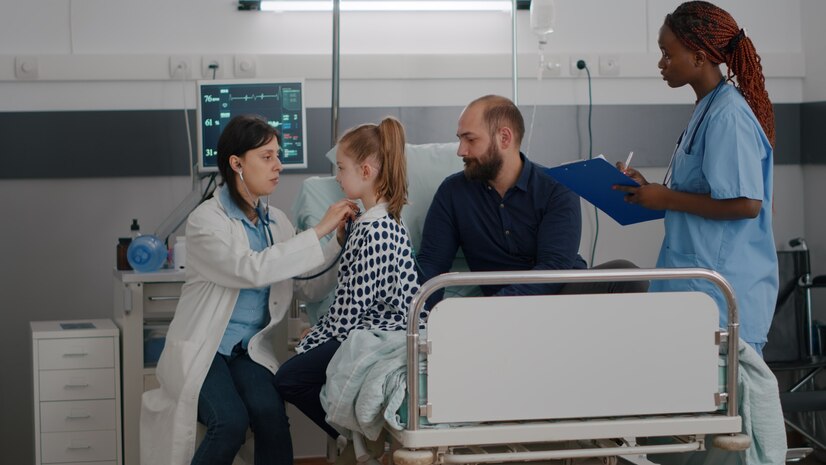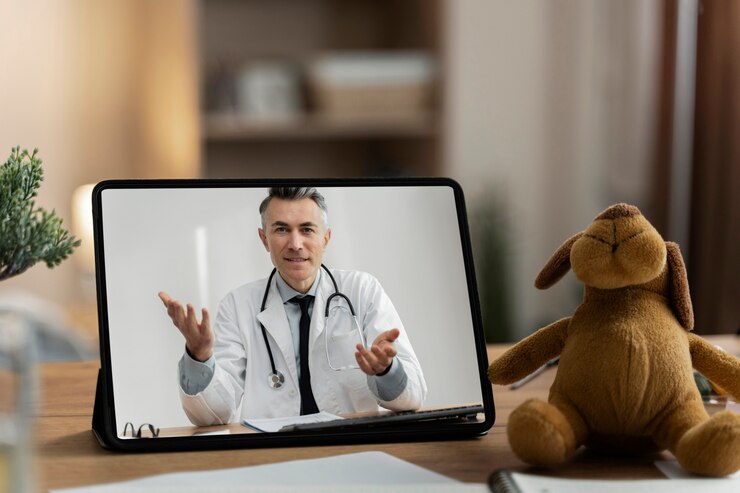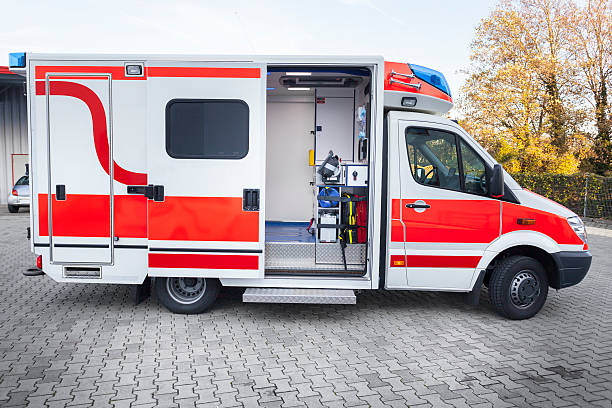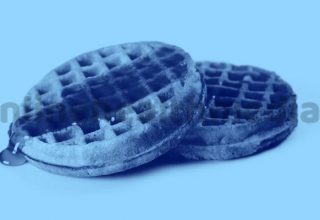How Mobile Healthcare Units Are Transforming Emergency Medicine
Emergency medicine is seeking the most creative approaches and rapid responses. The Mobile healthcare units (MHUs) are slowly evolving to meet these key requirements.
These versatile units are transforming the provision of urgent care. This development helps deliver the key services that meet the requirements of human exigency.
This article makes an assessment of the most significant impact of MHUs on emergency medicine. Furthermore, it highlights MHU’s role in enhancing accessibility and patient outcomes.
Whether deployed in the most underserved regions or disaster-stricken areas, MHUs are reshaping emergency medical services (EMS). Moreover, they contribute to developing the most effective and fair healthcare system.
Enhancing Access to Emergency Care

Mobile healthcare units (MHUs) have successfully eliminated the impediments to healthcare access. It is delivered especially in areas where the most conventional medical facilities are not available. By delivering crucial services directly to patients, MHUs heavily improve health outcomes and save lives.
Reaching Remote And Underserved Areas:
Mobile Health Units (MHUs), medical tent, setup. They are the real lifesavers in remote or rural places. Here, healthcare facilities might be hard to come by. Moreover, mobile health units provide services with the utmost speed.
These services may range from medical issues to ravishing patients’ wait times for treatment. Thus, the development paves the way for the recovery to be boosted much faster.
Disaster Response and Relief: Mobile Health Units (MHUs) have become crucial for delivering critical care services wherever required after natural disasters or emergencies.
They offer key services like triage, basic life support, and stabilization. Consequently, they help out the most overburdened hospitals and ensure that people get the timely care they need.
Addressing Urban Healthcare Disparities:
MHUs operate in rural areas and address healthcare disparities in underserved urban communities.
Moreover, by bringing services directly to these neighborhoods, MHUs enhance access to care and help improve residents’ health outcomes. This wide range of services, from preventive care to acute medical interventions, uplifts the entire healthcare service in remote areas.
Speeding Up Emergency Response
Every second is crucial in a medical emergency. MHUs are great at providing rapid medical care when it is most needed. However, by eliminating the need to travel to hospitals situated at distances, MHUs help significantly reduce the time it takes to start life-saving treatments.
Rapid Response To Critical Situations:
In the most difficult and critical scenarios like strokes, heart attacks or other severe injuries, MHUs’ ability to arrive quickly at the scene and operate with alacrity becomes a key difference between life and death.
Furthermore, they are armed with advanced medical equipment. In addition, they integrate advanced systems with skilled professionals.
However, with its help, the MHUs can provide immediate interventions such as administering clot-busting medications and stabilizing vital signs. They are also skilled at performing emergency procedures.
Reducing Transport Time And Improving Outcomes:
Traditional emergency response often involves transporting the care receivers to hospitals. It is time-consuming, especially in the most congested and rural areas.
MHUs successfully reduce delays by bringing the hospital close to the patients promptly.
Moreover, it allows for faster assessment, treatment and stabilization. This swift intervention can markedly uplift the outcomes for the care receivers in the most critical condition.
Enhancing Pre-Hospital Care:
MHUs also improve the quality of pre-hospital care. The medical teams that work in these units possess the right expertise in emergency medicine servies.
Furthermore, the MHUs are integrated with the tools and tech at their fingertips. This can help provide advanced care on-site, like starting IV fluids, administering pain medication, and even performing minor surgeries.
Hence, this care levels of MHUs become key to stabilizing the care receivers before the patients are transported to hospitals for further treatment.
Integration of Advanced Technologies
Modern Mobile Health Units (MHUs) are way beyond the mobile clinic. They are armed with the most cutting-edge technology, which is at par with traditional hospitals.
This advanced gear allows medical professionals to deliver the highest-quality care in delivering services that are a dire need of the hour where needed. The MHUs strengthen the effectiveness of emergency treatment and response.
On-Site Diagnostics For Faster Decision-Making:
Mobile Health Units (MHUs) are arming themselves with the most portable diagnostic tools, like ultrasound machines, X-ray equipment, and lab testing devices. These tools make medical diagnoses at the right time and in the same spot.
Thus, healthcare providers can easily assess patients’ conditions. This can help them make the most informed treatment decisions without any need for delays.
For example, a portable ultrasound can identify internal bleeding. Furthermore, it can check the function of the heart, which can guide needle placement for procedures.
Telemedicine For Expert Consultation:

Telemedicine technology outfits many MHUs. This enables the medical staff to consult with specialists remotely, and that too in real-time.
Moreover, they are highly effective in the most complex cases. There, you get access to specialized on-site expertise. Through telemedicine, specialists can review diagnostic images.
They can also offer treatment recommendations and even guide procedures remotely. Ultimately, it ensures that the care users receive the most appropriate care regardless of their location.
Data Management And Communication:
MHUs frequently employ electronic health records (EHRs) and other data management systems to enhance patient care and streamline communication among healthcare providers.
EHRs provide secure and efficient access to patient information, ensuring continuity of care and minimizing the risk of medical errors.
Additionally, MHUs can equip themselves with communication systems. It enables real-time information sharing with hospitals and other healthcare facilities, facilitating seamless care transitions and resource coordination.
Coordination with Traditional Healthcare Facilities
One of the most noteworthy features of MHUs is that they complement and enhance the capabilities of traditional healthcare facilities.
They along with the traditional healthcare fatality mutually coexist. Moreover, they work in close liaison with the hospitals and clinics. This helps ensure a seamless continuum of care for the care receivers.
Bridging The Gap Between On-Site And In-Hospital Care:
MHUs are the most vital link between the initial care point and the most comprehensive resources of the hospital.
Seamless transfer initiates when a patient’s condition requires further evaluation or treatment beyond the scope of the MHU. This involves sharing detailed patient information with the receiving hospital, including medical history, diagnostic findings, and treatment plans.
This efficient communication ensures that the patient’s care is continuous and that the hospital team fully gears up to deliver the required interventions.
Optimizing Resource Allocation:
MHUs are crucial in alleviating the strain on hospitals, especially during emergencies or peak demand periods. They also allow hospitals to allocate their resources to more critical cases by offering initial stabilisation and care on-site.
This approach enhances the overall efficiency of the healthcare system and ensures that patients receive timely and appropriate care at every stage of their treatment.
Expanding Healthcare Reach:
In many cases, MHUs serve as a gateway to the broader healthcare system for individuals who may not have otherwise sought medical attention.
By providing initial care and establishing a connection with patients, MHUs can encourage them to follow up with their primary care physicians or seek further treatment at a hospital if needed. This can be particularly impactful in underserved communities where access to healthcare may be limited.
Conclusion
The essence of the article is that comprehensive healthcare will not be constricted within the narrow boundaries of the hospitals. These mobile healthcare units and hospitals emerge as the beacon of innovation and hope.
They extend the reach of emergency medicine. Ultimately, this helps ensure that everyone gets access to timely and effective care. This treatment option effectively cuts down geographical boundaries and circumstances.
The ongoing technological advancement and the growing recognition of MHUs’ value promise a brighter future for this dynamic field. MHUs transform medical emergencies and reshape our idea of healthcare delivery. Ultimately, healthcare will become more efficient, accessible, and patient-centred.
Read Also:



